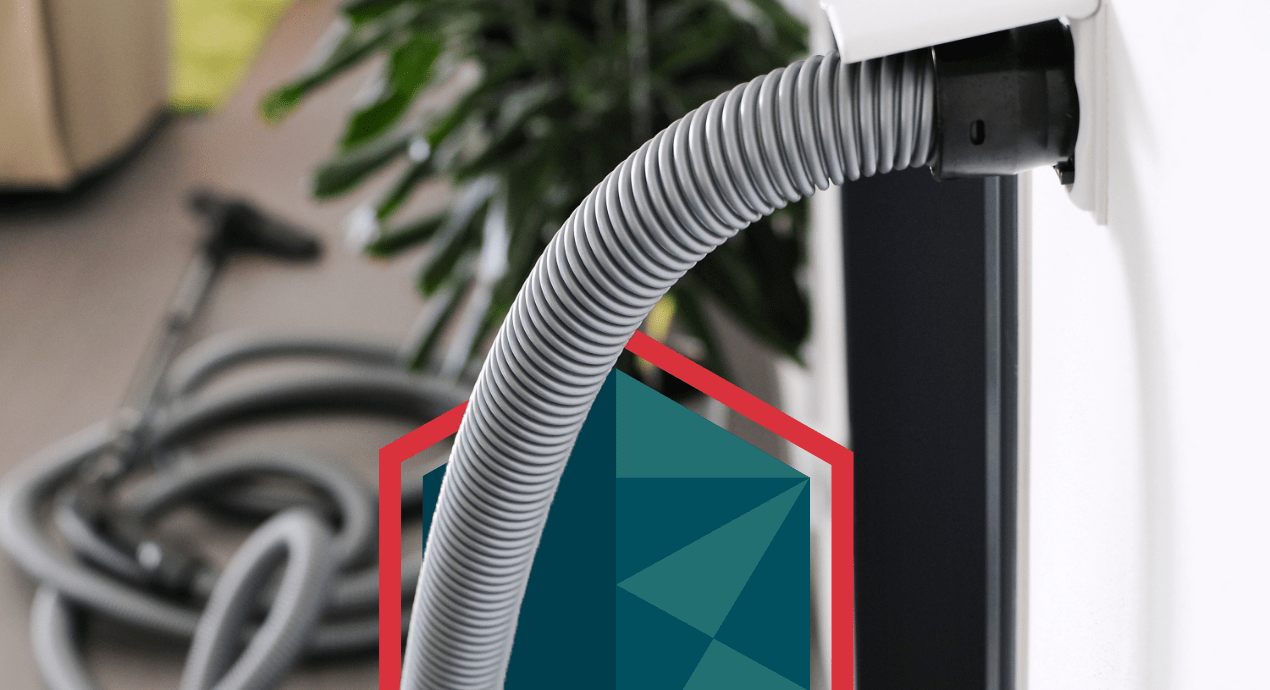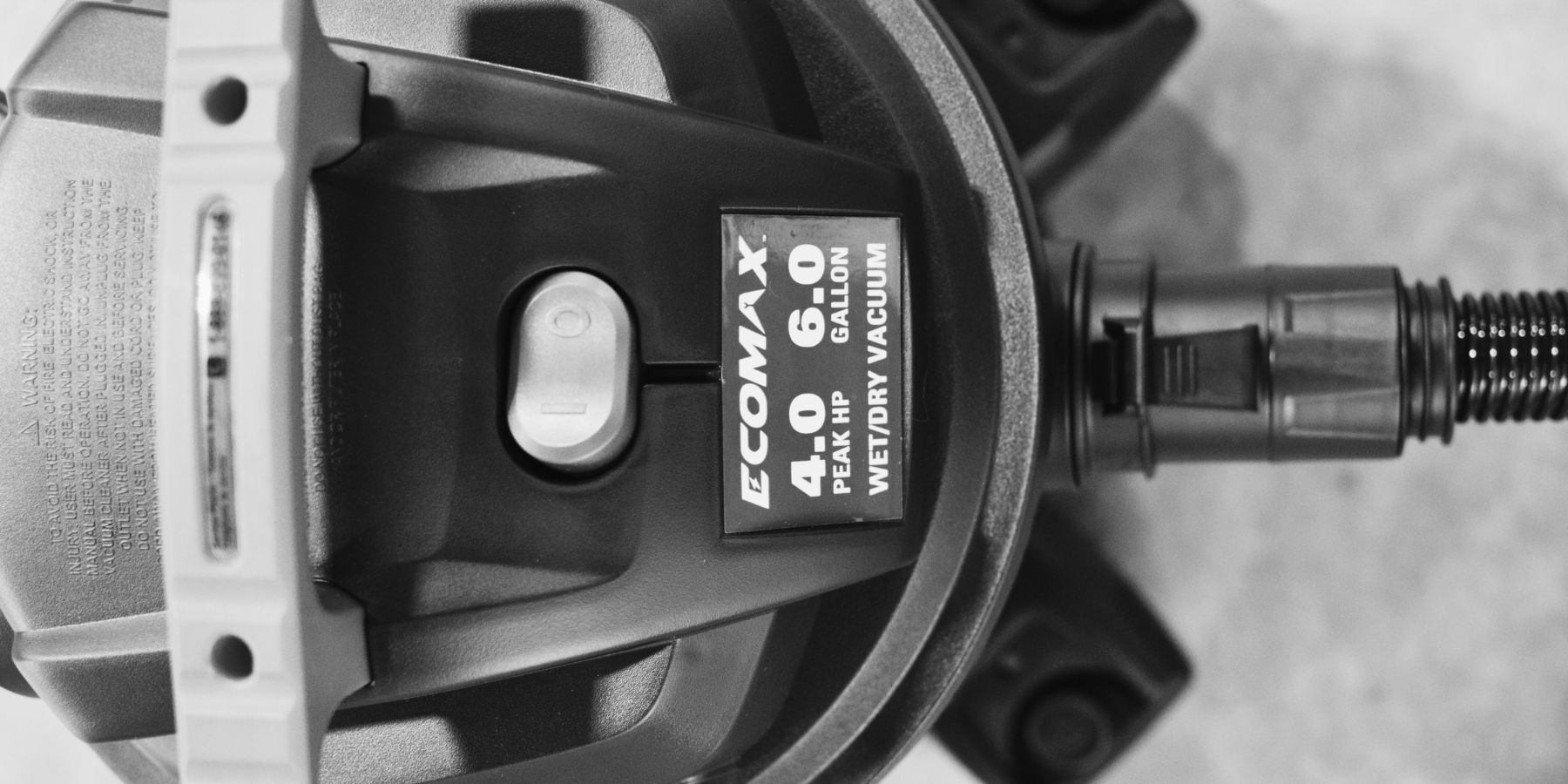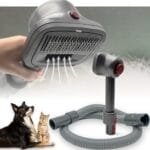Vacuum warranty coverage can be tricky to understand. Knowing what is covered can save you stress.
A vacuum cleaner is a significant investment for many households. It helps keep your home clean and fresh. But what happens when it breaks down? This is where a good warranty comes in handy. Understanding the details of your vacuum warranty can save you time and money.
It can also help you know what to expect if something goes wrong. In this guide, we will break down the key aspects of vacuum warranty coverage. You will learn what to look for and how to make the most of your warranty. Let’s dive in and make sure you are well-informed.

Credit: www.libertyhomeguard.com
Introduction To Vacuum Warranties
When you buy a new vacuum, it’s easy to get caught up in the excitement of a cleaner home. But have you ever stopped to consider the vacuum’s warranty? Understanding vacuum warranties can save you a lot of headaches and money down the line. Let’s dive into what makes these warranties important and what you should be looking for.
Importance Of Warranty
Warranties are like safety nets for your vacuum. They protect your investment. Imagine your vacuum stops working a month after purchase. Without a warranty, you’d be out of luck and money.
With a warranty, you can get it repaired or replaced without extra cost. This gives you peace of mind. Knowing you’re covered lets you use your vacuum without worrying about unexpected issues.
Warranties also speak to the manufacturer’s confidence in their product. A longer warranty often means a better-built vacuum. When companies stand by their products, it’s a win for you.
Common Warranty Terms
Warranties come with various terms that you should know. “Coverage period” is the length of time the warranty lasts. This can range from a few months to several years. Always check this detail before buying.
Another key term is “parts and labor.” Some warranties cover both, while others might only cover parts. This means you might have to pay for the labor costs. Knowing this can save you from surprise expenses.
Finally, be aware of “wear and tear” exclusions. These are common. They mean the warranty won’t cover damage from normal use. Read the fine print so you know exactly what’s covered and what’s not.
Understanding these terms helps you make an informed purchase. Have you ever been caught off guard by warranty terms? Knowing these details can keep that from happening again.
Types Of Vacuum Warranties
Understanding vacuum warranty coverage can save you a lot of stress and money. There are different types of warranties available, each offering various levels of protection. Knowing the differences can help you make a more informed choice when purchasing your next vacuum cleaner.
Manufacturer Warranty
Most vacuums come with a manufacturer warranty. This warranty typically covers any defects in materials or workmanship. If your vacuum stops working due to a manufacturing issue, the company will usually repair or replace it for free.
Manufacturer warranties are often valid for one to two years. However, some brands like Dyson offer up to five years on certain models. Always check the details in the warranty booklet to know exactly what’s covered.
I’ve had a vacuum that started making weird noises after six months. Thanks to the manufacturer warranty, I got it repaired without spending a dime. Have you ever had to use a manufacturer warranty? It’s reassuring to know you’re covered.
Extended Warranty
Extended warranties offer additional protection beyond the manufacturer warranty. Retailers often sell these at the point of purchase. They can cover repairs, replacements, and sometimes even routine maintenance.
Extended warranties can be a good investment if you’re hard on your appliances or have pets that shed a lot. They can give you peace of mind for up to five years or more.
My friend once had a vacuum that broke down just after the manufacturer warranty expired. Thankfully, she had an extended warranty that covered the repair costs. Have you considered whether an extended warranty would be worth it for your vacuum?
Understanding these warranties can help you decide how much protection you need. Whether it’s a manufacturer warranty or an extended one, knowing your options can save you from unexpected repair costs. What kind of warranty do you find most valuable for your vacuum cleaner?
What’s Covered Under Warranty
Vacuum warranty coverage often includes motor, parts, and labor. Damage from normal use and manufacturing defects are typically covered. Always check the warranty details for specific terms.
When you buy a new vacuum, understanding what’s covered under the warranty can save you a lot of headaches down the road. Warranties can vary widely between brands and models, so it’s essential to read the fine print. Let’s break down the key components of what typically falls under a vacuum warranty.Parts And Labor
Most vacuum warranties cover both parts and labor for a specific period. This means if a part of your vacuum breaks, the manufacturer will not only provide the replacement part but also cover the cost of the repair.For instance, if the motor in your vacuum stops working, the warranty usually ensures you won’t have to pay for a new motor or the service to install it. Always check if the warranty period for parts and labor is the same, as they can differ.Specific Exclusions
Warranties often come with specific exclusions, and it’s important to know what they are. Common exclusions include normal wear and tear, misuse, and damage from unauthorized repairs.For example, if your vacuum’s brush roll wears down over time, this may not be covered since it’s considered normal wear and tear. Similarly, if you try to fix the vacuum yourself and cause more damage, the warranty may be voided.Understanding these exclusions helps you avoid unexpected costs and maintain your warranty coverage. Have you ever read your vacuum’s warranty details? You might be surprised by what’s included and what’s not.
Credit: altonindustries.com
Registering Your Vacuum Warranty
Registering your vacuum warranty is an important step that many users overlook. It ensures you get the full benefits of your purchase. A warranty is your safety net against unexpected issues. Let’s explore how to register your vacuum warranty and the advantages it offers.
Steps To Register
Follow these simple steps to register your vacuum warranty:
1. Locate the serial number on your vacuum. It’s usually on the back or bottom.
2. Visit the manufacturer’s website. Look for the warranty registration page.
3. Fill out the online form. Provide your personal details and the vacuum’s serial number.
4. Submit the form. You may receive a confirmation email.
5. Keep a copy of your registration. This can be useful for future reference.
Benefits Of Registration
Registering your vacuum warranty offers several benefits:
1. Quick repairs. Manufacturers prioritize registered products.
2. Product updates. Stay informed about the latest features and updates.
3. Extended warranty. Some brands offer extended warranty periods for registered products.
4. Proof of ownership. Useful if your vacuum is lost or stolen.
5. Customer support. Access to dedicated support teams for registered users.
Claiming Warranty Service
Claiming warranty service for your vacuum cleaner might seem complex. But with the right steps, it can be straightforward. Here’s a guide to help you through the process.
How To File A Claim
First, read your vacuum’s warranty terms. Understand what is covered. Next, contact the manufacturer or retailer. They will guide you on the process. Usually, this involves filling out a claim form. You can find this form online or request it from customer service. Complete the form with accurate details.
Required Documentation
You will need some documents to support your claim. The most important is your proof of purchase. This could be a receipt or an invoice. It shows the date and place of purchase. Some manufacturers also require a copy of the warranty card. This card usually comes with the vacuum cleaner.
Additionally, you may need to provide a detailed description of the issue. Take clear photos of the problem if possible. These documents help the manufacturer assess your claim quickly. Keep copies of all submitted documents for your records.

Credit: www.youtube.com
Tips For Maximizing Warranty
Understanding your vacuum’s warranty can save you a lot of money. Maximizing your vacuum warranty requires knowing some key tips. By following these steps, you can ensure your vacuum lasts longer and stays covered.
Regular Maintenance
Regular maintenance keeps your vacuum in top shape. Clean the filters often. Check the brush for debris. Empty the dust bin regularly. These steps prevent clogs and ensure smooth operation. Neglecting maintenance can void your warranty.
Always follow the manufacturer’s maintenance schedule. Use the recommended tools and supplies. Keep records of your maintenance activities. This helps if you need to make a warranty claim.
Proper Usage
Use your vacuum correctly to avoid problems. Follow the user manual’s instructions. Only use the vacuum for its intended purpose. Avoid vacuuming up liquids unless your model is designed for it.
Do not use the vacuum on surfaces it is not meant for. This can damage the vacuum and void your warranty. Also, store your vacuum properly. Avoid exposing it to extreme temperatures or moisture. Proper usage ensures your vacuum lasts longer and stays covered by the warranty.
Common Warranty Issues
Understanding the warranty coverage for your vacuum can save you from unexpected costs. Many people face issues when dealing with warranty claims. Being aware of these common problems can help you navigate the process smoothly.
Denial Of Claims
One common issue is the denial of claims. This happens when the company refuses to honor the warranty. The reasons can vary. Sometimes, it’s due to improper use of the vacuum. Other times, it’s because of unauthorized repairs. Always read the terms carefully. Follow the manufacturer’s guidelines strictly.
Misunderstood Terms
Misunderstood terms also cause problems. Many users don’t fully understand the warranty conditions. This can lead to confusion and frustration. For instance, some warranties cover parts but not labor. Others may only apply for a limited time. Take the time to understand what is covered. This can prevent many issues down the road.
Alternatives To Warranty Service
Exploring alternatives to warranty service for vacuum cleaners can save time and money. Consider local repair shops or DIY fixes.
When your vacuum cleaner breaks down, relying solely on its warranty service might not always be the quickest or most efficient option. Warranties often come with restrictions, long wait times, and the hassle of shipping your vacuum to a service center. Therefore, exploring alternatives to warranty service can save you time and frustration.Diy Repairs
Tackling DIY repairs can be a rewarding experience. It’s cost-effective and gives you a sense of accomplishment. Start with simple fixes like replacing a belt or unclogging a hose.Online tutorials and user manuals are your best friends here. Many vacuum brands offer detailed guides on their websites. YouTube is another excellent resource for step-by-step videos.Ensure you have the right tools and parts. You can find replacement parts on sites like Amazon or eBay. Always double-check your vacuum model to get the correct components.Professional Repair Services
Sometimes, the problem might be too complex for DIY solutions. Professional repair services can be a lifesaver in such cases. They have the expertise and equipment to fix your vacuum efficiently.Look for authorized repair centers. These centers are often trained by the vacuum manufacturer and use genuine parts. You can find a list of authorized centers on the brand’s website.Local repair shops are another option. They might offer quicker service and lower rates. However, ensure they have good reviews and a solid reputation.In some cases, the cost of professional repair might be close to buying a new vacuum. Weigh the pros and cons before making a decision.Have you ever tried fixing a vacuum yourself or opted for a professional service? How did it go? Your experiences could help others in the same predicament.Frequently Asked Questions
How Does Warranty Coverage Work?
Warranty coverage typically includes repair or replacement of defective items. Terms vary by manufacturer and product. Check your warranty document for details.
What Does The Shark 5 Year Warranty Cover?
The Shark 5-year warranty covers manufacturer defects, including mechanical and electrical issues. It excludes normal wear and tear, misuse, and accidental damage.
How Many Years Should A Vacuum Cleaner Last?
A vacuum cleaner typically lasts between 8 to 12 years. Longevity depends on usage, maintenance, and build quality. Regular care extends its lifespan.
Does Warranty Mean Free Repair?
Yes, a warranty often covers free repairs for defects. It varies by product and manufacturer terms. Always check specific warranty details.
Conclusion
Understanding vacuum warranty coverage helps protect your investment. Check warranty details before buying. Know what is covered and for how long. Read the fine print carefully. Ask questions if unsure. This ensures you choose a reliable vacuum with good support.
A solid warranty offers peace of mind. It guarantees quality and performance. Investing time in understanding this can save future headaches. Choose wisely. Enjoy a clean home, worry-free.





